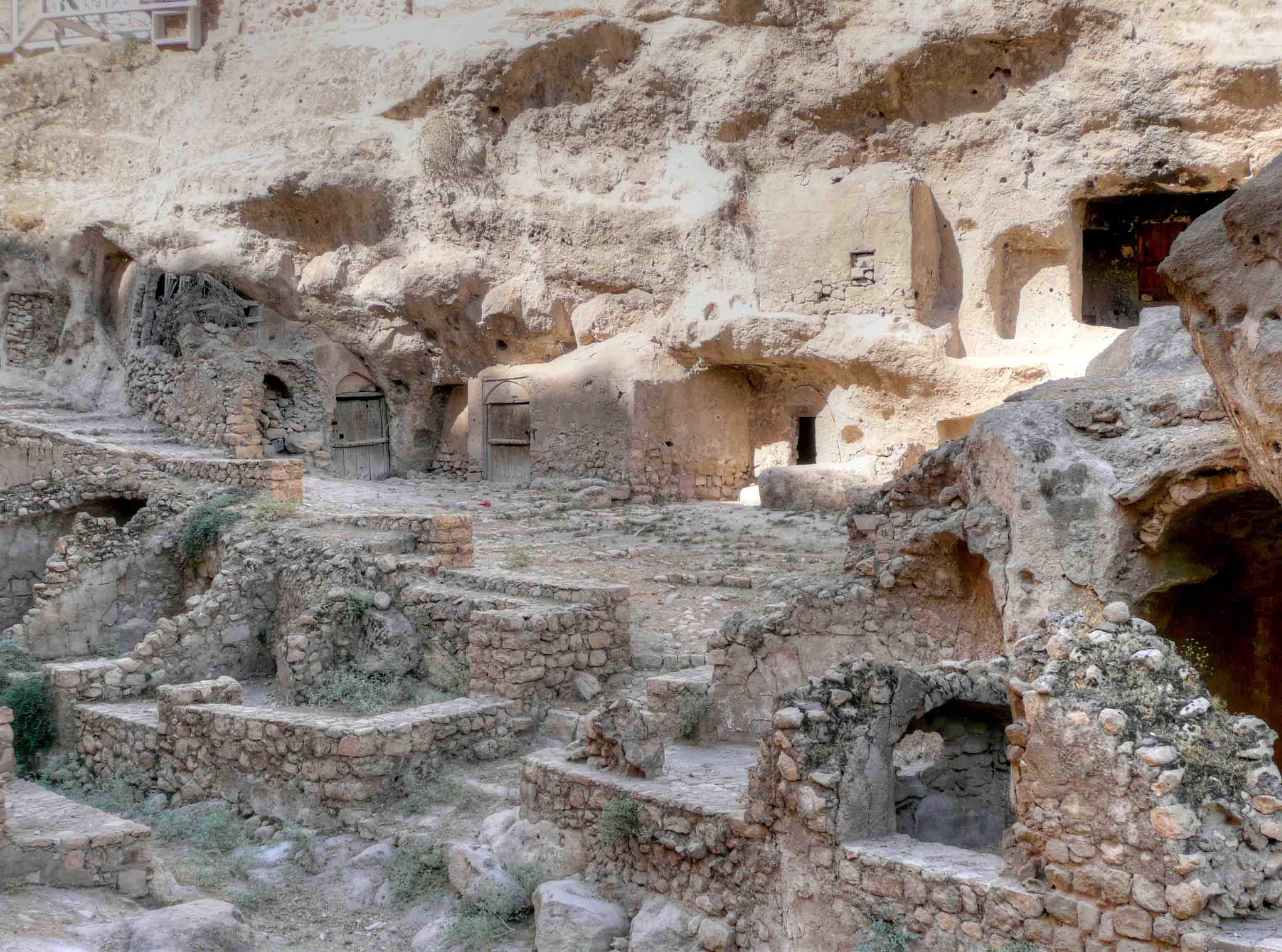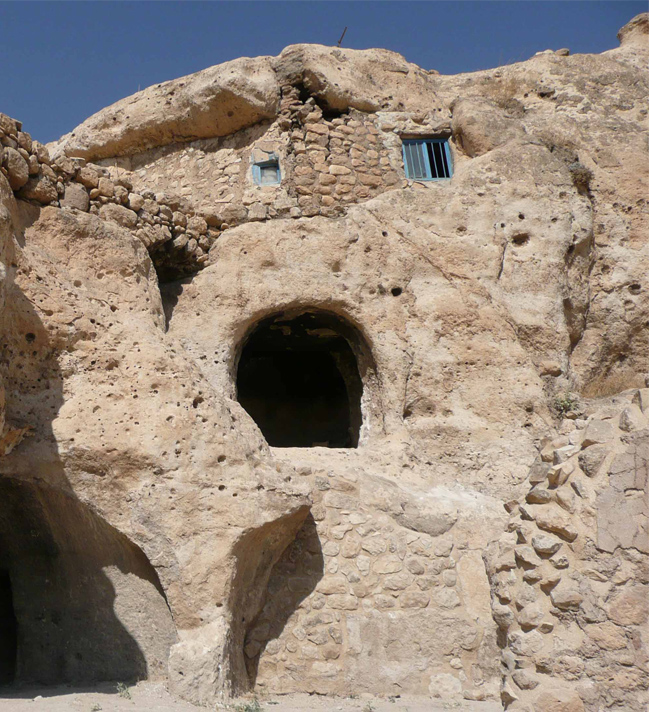<< Our Photo Pages >> Hasankeyf - Ancient Village or Settlement in Turkey
Submitted by coldrum on Wednesday, 08 June 2011 Page Views: 7430
Site WatchSite Name: HasankeyfCountry: Turkey
NOTE: This site is 0.126 km away from the location you searched for.
Type: Ancient Village or Settlement
Nearest Town: Hasankeyf
Latitude: 37.714167N Longitude: 41.413056E
Condition:
| 5 | Perfect |
| 4 | Almost Perfect |
| 3 | Reasonable but with some damage |
| 2 | Ruined but still recognisable as an ancient site |
| 1 | Pretty much destroyed, possibly visible as crop marks |
| 0 | No data. |
| -1 | Completely destroyed |
| 5 | Superb |
| 4 | Good |
| 3 | Ordinary |
| 2 | Not Good |
| 1 | Awful |
| 0 | No data. |
| 5 | Can be driven to, probably with disabled access |
| 4 | Short walk on a footpath |
| 3 | Requiring a bit more of a walk |
| 2 | A long walk |
| 1 | In the middle of nowhere, a nightmare to find |
| 0 | No data. |
| 5 | co-ordinates taken by GPS or official recorded co-ordinates |
| 4 | co-ordinates scaled from a detailed map |
| 3 | co-ordinates scaled from a bad map |
| 2 | co-ordinates of the nearest village |
| 1 | co-ordinates of the nearest town |
| 0 | no data |
Be the first person to rate this site - see the 'Contribute!' box in the right hand menu.
Internal Links:
External Links:
I have visited· I would like to visit
43559959 would like to visit
Jansold visited on 16th Sep 2011 - their rating: Cond: 3 Amb: 4 Access: 4
Andy B have visited here

The Romans built the Cephe fortress on the site and the city became the Kiphas fortress and a bishopric under the Byzantine Empire.
More: Wikipedia
Note: Turkish dam threatens town that dates back to the Bronze Age, lone protester wins court ruling for assessment of Hasankeyf's cultural value and the damage the dam might cause.
You may be viewing yesterday's version of this page. To see the most up to date information please register for a free account.








Do not use the above information on other web sites or publications without permission of the contributor.
Click here to see more info for this site
Nearby sites
Click here to view sites on an interactive map of the areaKey: Red: member's photo, Blue: 3rd party photo, Yellow: other image, Green: no photo - please go there and take one, Grey: site destroyed
Download sites to:
KML (Google Earth)
GPX (GPS waypoints)
CSV (Garmin/Navman)
CSV (Excel)
To unlock full downloads you need to sign up as a Contributory Member. Otherwise downloads are limited to 50 sites.
Turn off the page maps and other distractions
Nearby sites listing. In the following links * = Image available
1.5km ENE 70° Hasankeyf Hoyuk Ancient Village or Settlement
26.2km NNE 30° Ayngerm Yani Ancient Village or Settlement
36.1km E 88° Güzir Höyük Ancient Village or Settlement
37.7km NW 318° Demircitepe Ancient Village or Settlement
39.3km WNW 287° Körtik Tepe Ancient Village or Settlement
41.0km ESE 119° Zeviya Tivilki Ancient Village or Settlement
42.3km ESE 119° Boncuklu Tarla* Ancient Temple
43.3km ESE 119° Cemka Hoyugu* Ancient Village or Settlement
44.9km WNW 284° Müslümantepe Ancient Village or Settlement
47.0km WNW 287° Salat Tepe Ancient Village or Settlement
55.2km W 279° Ziyaret Tepe Ancient Village or Settlement
59.1km NNW 345° Hallan Cemi Tepe Ancient Village or Settlement
59.8km W 280° Hakemi Use Tepe Ancient Village or Settlement
69.6km SSW 193° Girnavaz* Ancient Village or Settlement
81.8km SSW 207° Urkesh* Ancient Village or Settlement
84.6km S 174° Shubat-Enlil Ancient Village or Settlement
98.4km S 178° Tell Qarassa* Ancient Village or Settlement
105.1km SE 124° Amarsava Ancient Village or Settlement
111.2km SSE 154° Tell Hamoukar Ancient Village or Settlement
117.8km NW 321° Birkleyn Caves Cave or Rock Shelter
120.6km SSW 195° Tell Brak* Ancient Village or Settlement
130.3km WNW 298° Fortress Egil Ancient Temple
133.7km WNW 291° Girikihaciyan Ancient Village or Settlement
140.0km N 352° Ashtishat Site Ancient Temple
150.7km SSW 201° Tell Tuneinir Ancient Village or Settlement
View more nearby sites and additional images






 We would like to know more about this location. Please feel free to add a brief description and any relevant information in your own language.
We would like to know more about this location. Please feel free to add a brief description and any relevant information in your own language. Wir möchten mehr über diese Stätte erfahren. Bitte zögern Sie nicht, eine kurze Beschreibung und relevante Informationen in Deutsch hinzuzufügen.
Wir möchten mehr über diese Stätte erfahren. Bitte zögern Sie nicht, eine kurze Beschreibung und relevante Informationen in Deutsch hinzuzufügen. Nous aimerions en savoir encore un peu sur les lieux. S'il vous plaît n'hesitez pas à ajouter une courte description et tous les renseignements pertinents dans votre propre langue.
Nous aimerions en savoir encore un peu sur les lieux. S'il vous plaît n'hesitez pas à ajouter une courte description et tous les renseignements pertinents dans votre propre langue. Quisieramos informarnos un poco más de las lugares. No dude en añadir una breve descripción y otros datos relevantes en su propio idioma.
Quisieramos informarnos un poco más de las lugares. No dude en añadir una breve descripción y otros datos relevantes en su propio idioma.